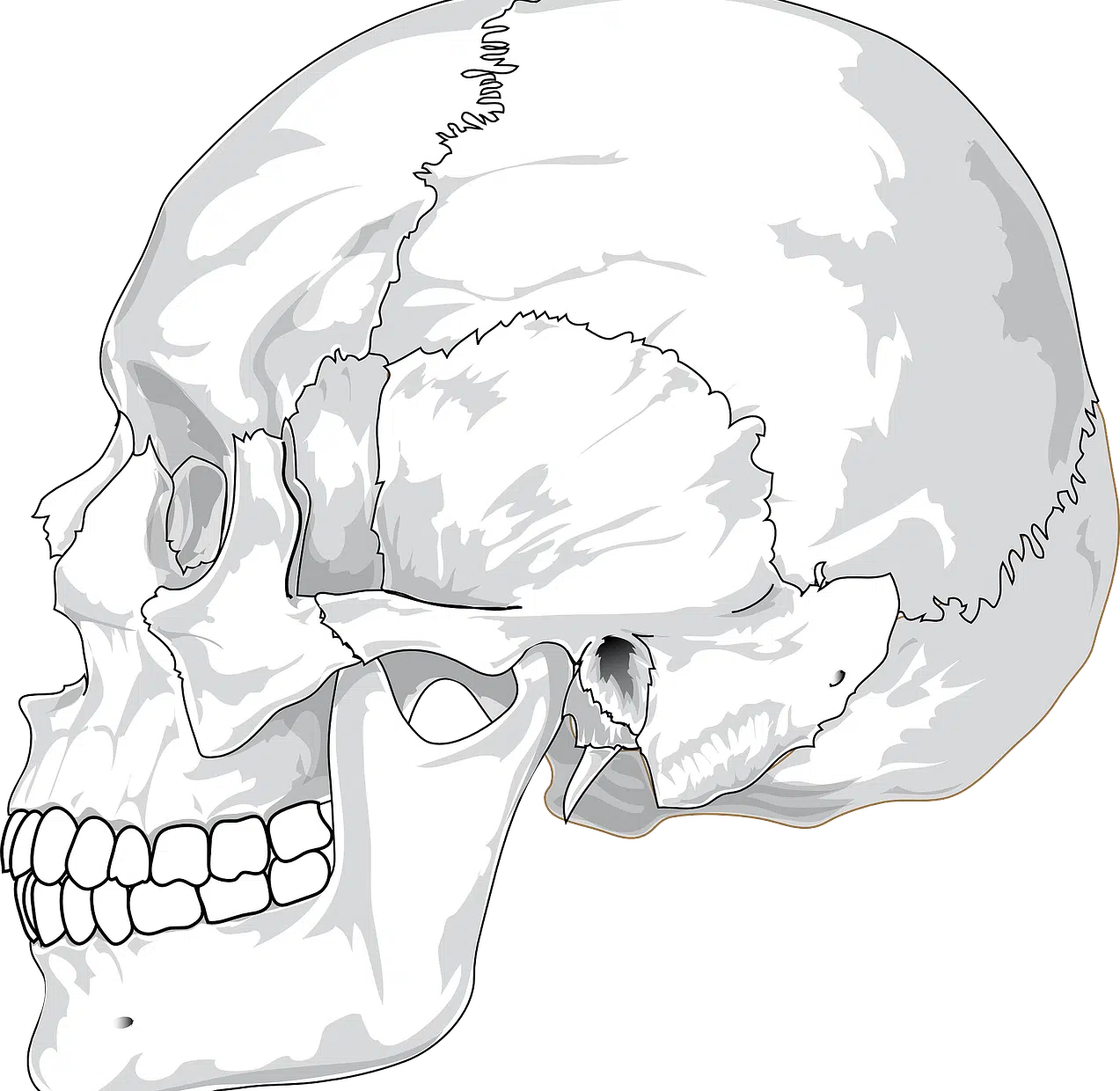
A suture is a seam that closes a wound.
Suture is a term that derives from the Latin word sutūra . In the context of medicine , a suture is a seam that is made with the aim of closing a wound .
For example: “The scar from the suture will remain for life,” “After the accident, the young man received eight stitches in his left arm,” “It is a very small wound that will heal on its own, it is not necessary to perform a suture.” ” .
Purpose of a suture
The purpose of suture is to reconnect what was separated or damaged: a tissue, an organ, a vessel, etc. When the wound does not close on its own naturally, a doctor may develop a suture with the goal of putting what was broken back together and allowing healing .
A suture of this type can be compared to the action of sewing a piece of clothing . The doctor sews the wound with a hypoallergenic material and ties it so that the suture remains firm. When performing a suture, apply surgical stitches . With the wound closed, certain substances and microorganisms are prevented from entering the body, preventing infections.
Usually, the stitches must be removed through a new procedure. There are sutures, however, made with materials that are absorbed by the body.

A type of joint present in the skull is known as a suture.
A skull joint
A suture, on the other hand, is known as a type of fibrous joint found in the skull; that is, in the bones of our head . Thanks to these sutures, which are joined through the so-called Sharpey fibers , the skull can enjoy a moderate amount of movement, which also contributes to its elasticity and compliance (ability to lengthen or distend to resist the environment). , and then recover its original size).
In general, the skull of a newborn child does not have all the necessary welds between the different bones of the head, and from this phenomenon arise the well-known fontanelles , which are the soft parts that doctors advise touching with great care. This process by which bones fuse together is called craniosynostosis.
Throughout the life of an adult, the relative position of each bone in the head continues to change, at a much slower rate than in the first months and years of life, and this can be very useful to archaeologists and researchers. forensic doctors to determine the age of a subject. In fact, the sutures in the skull of an elderly person can become bone.
Cranial sutures
It should be noted that the only case of head bones that are not articulated by a suture is that of the jaw and skull (the so-called temporomandibular joint ). Let's look at some of the many sutures of the skull:
- Coronal : separates the parietal bone from the frontal and consists of fibrous connective tissue . It is one of those that is not appreciated in newborns.
- Lambdoidea : joins the occipital bone with the parietal bones, at the back of the head, and extends into the occipitomastoid suture. Its name, as can be deduced, derives from the resemblance it bears to the letter lambda, of the Greek alphabet.
- Occipitomastoid : It is located between the mastoid portion of the temporal bone and the occipital bone.
- Sphenofrontal : joins the frontal bone and the sphenoid.
- Squamous : articulates the temporal and parietal bones.
- Temporozygomatic : It is located between the temporal and zygomatic bones.
- Frontozygomatic : it is the suture that joins the zygomatic bone to the frontal bone and the integrity of the structure of the bones of the skull cover largely depends on it.
- Sagittal – Also known as interparietal , as it fuses the two parietal bones.
